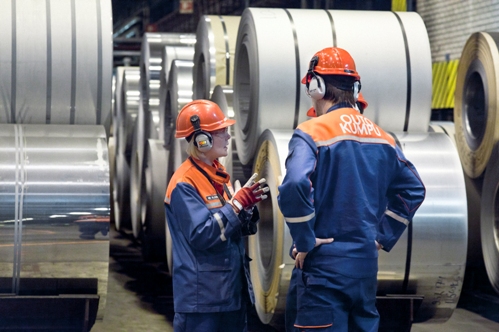LONDON – (Reuters) – A consortium led by stainless steelmaker Aperam APAM.L has raised its bid for Italian steel plant Terni that its competitor Outokumpu has to sell, a deal that would reshape the European stainless steel industry.
The consortium, including Italian steelmakers Arvedi and Marcegaglia, submitted the higher bid last week – because Outokumpu sees all bids so far as too low – and it is valid until Friday, two sources with knowledge of the situation said.
Finland’s Outokumpu (OUT1V.HE) agreed to sell the Acciai Speciali Terni plant more than a year ago to gain approval for its purchase of ThyssenKrupp’s (TKAG.DE) Inoxum unit.
The plant – considered one of Europe’s most advanced stainless steel mills – is of strategic importance due to its vicinity to steel buyers in Italy, a major steel market, but its profitability has been hard hit by a slump in the steel market.
Loss-making Outokumpu faces a massive writedown on Terni, which is valued at more than 560 million euros ($750 million) on its book but is expected to sell for a fraction of that.

























